Introduction

Why Power Quality Matters
Telecommunications companies rely on high quality, reliable power for their operations. Power quality (PQ) monitoring is necessary to ensure that the PQ remains high. PQ is important to telecom companies for multiple reasons. Early detection of voltage sags, swells, harmonics, and other anomalies helps avoid unexpected outages. Outages can cause disruption of base station operations, dropped calls, data loss, degraded service quality, and increased network instability. These all lead to customer complaints. There is also a financial impact due to revenue loss from service outages, service level agreement penalties and customer churn, and increased operating expenses due to emergency maintenance and troubleshooting.
Additionally, sensitive telecom electronics are vulnerable to power fluctuations. Damage to rectifiers, inverters, and sensitive telecom electronics can lead to reduced equipment lifespan and increased failure rates as well as more frequent site visits for equipment replacement. The financial impact of equipment damage includes high capital expenditures for premature equipment replacement, increased maintenance costs, and insurance claims or warranty disputes. PQ monitoring ensures longer equipment life and fewer replacements.
Real time alerts and programmable thresholds allow operators to act immediately when power quality deviates from safe levels. Without this awareness, there can be delayed response that leads to cascading failures across network nodes, increased mean time to repair, and reduced network reliability and performance. Financially, missed degradation of PQ can lead to higher labor costs for reactive maintenance, lost productivity and delayed service restoration, and potential regulatory fines for noncompliance.
Having the ability to log and report on PQ provides telecom operators with evidence for discussions with power providers when utility-side issues arise. Without this data, telecom providers are unable to prove the root cause of power issues. Lack of proof can also result in prolonged resolution times with utility providers and lack of leverage in the utility negotiations. The financial impact of this is missed opportunities for utility compensation, continued exposure to poor power quality, and legal or arbitration costs in disputes.
Finally, PQ monitoring is essential for prioritizing site improvements. Centralized reporting across all sites helps identify high risk locations, enabling targeted infrastructure upgrades. Without the ability to identify high risk locations, there can be inconsistent service quality across regions, difficulty in planning infrastructure upgrades, and inefficient allocation of engineering resources. This leads to wasted investment in low priority sites, higher risk of catastrophic failure at neglected locations, and poor ROI on network expansion or modernization.
EIG’s power and energy meters have advanced PQ monitoring features that provide immediate awareness of the system’s PQ metrics. They are certified to the most stringent power quality standards, and provide harmonic and interharmonic analysis, waveform recording, voltage reliability, phasor analysis, IEC 61850 and Flicker measurements and reporting, and all power quality indices. They offer programmable limits and email alarms for any parameters the meter measures. And the meters have extensive memory for data logging and reporting on power quality events. EIG’s PQ meters provide the PQ measurement capabilities that telecom operators need.
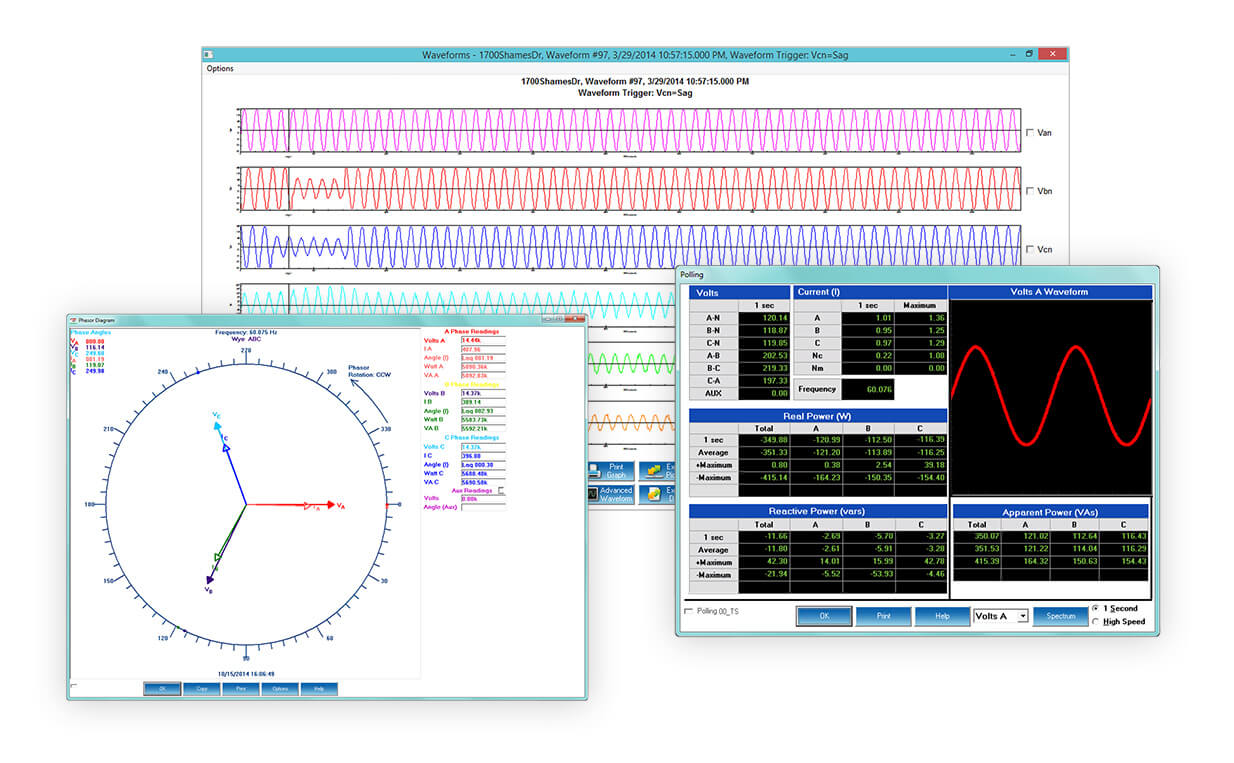
Accurately Measure Energy Usage
Telecommunication industry sources say there are almost half a million cell sites in the United States. Most of these sites are located on private property that is leased to the telecom company by the property or building owner. The telecommunications company and the property owner enter into a lease agreement that stipulates how the property owner will be paid. Payment may consist of a preset amount, but more commonly it is a percentage of the property owner’s utility bill.
Without knowing their actual energy usage, the telecom company must rely on the property owner to accurately charge them. To ensure that they are being billed correctly, telecommunications companies place meters at the cell site to monitor their energy consumption and demand. They can then verify that the bill they receive from the property owner is correct and that they are not being overcharged for their usage.
EIG offers advanced revenue meters that meet the highest standards for energy management accuracy. Revenue metering capabilities include full four quadrant metering, energy load profiling with the ability to log virtually unlimited historical trending, transformer and line loss compensation for iron/copper and total substation losses, and CT/ 2 PT compensation to correct for errors in current and voltage transformers. With EIG’s revenue meters keeping track of usage, telecom companies do not have to wonder if they are paying more than their fair share.

Manage Energy for All Telecom Facilities
Large telecom companies have many moving parts. In addition to cell towers and the infrastructure supporting them, they have large office buildings, data centers, and other related facilities. EIG products offer multiple features to address any metering needs of these facilities. In addition to power quality monitoring and high accuracy revenue metering, EIG can supply the following capabilities to telecom companies:
- Submetering to bill departments for their actual energy usage, rather than square footage billing. This has been shown to foster a sense of ownership that ultimately leads to energy and cost savings.
- Customized SCADA systems to provide real time data in a centralized location.
- Protection of telecom data with Cyber Secure meters.
Products
Telecom Products
Nexus® 1500+ Advanced Power Quality Meter | |
|---|---|
 | Critical Load PointExample Installation: Utility Entry Points, Critical Loads, High Power Sensitivity Points, Switch Sites, SNMP Alarms |
Shark® 250 meter | |
|---|---|
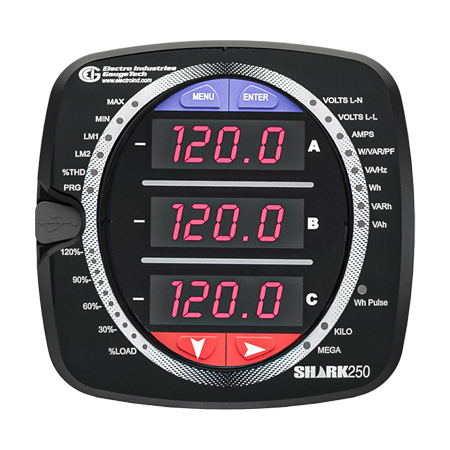 | Cyber Secure Power and Energy MeterExample Installation: Typical Building Loads, Substations, Control Panels |
MP200™ Multipoint Metering System (8 Three Phase Meters) | |
|---|---|
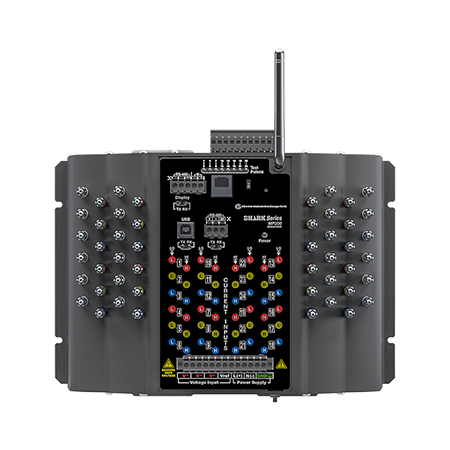 | Smaller Loads (200 A or more)Example Installation: Smaller Panel Boards, High-density Circuits |
HMIPQA+™ Next Generation SCADA Solution | |
|---|---|
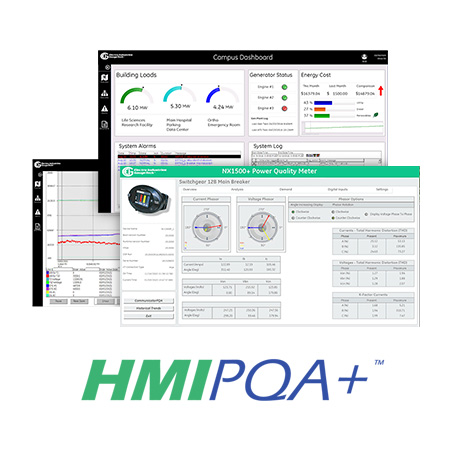 | Simple, scalable, fully customizable application with open connectivity and multi-protocol supportOrdering Part #: Contact EIG_sales@hubbell.com. |
EnergyPQA.com® AI Driven Energy Management System | |
|---|---|
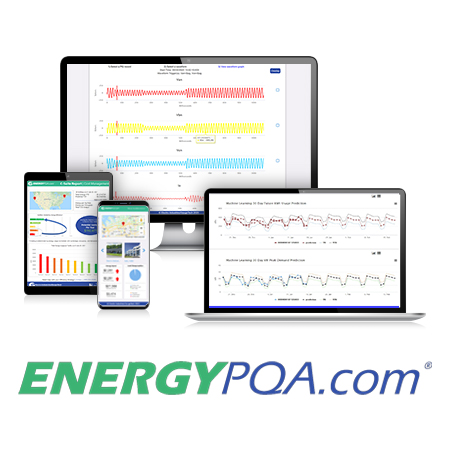 | Provides energy analytics and predictions, reducing costs and improving power system reliabilityOrdering Part #: ENERGYPQA-1Y |
Downloads





